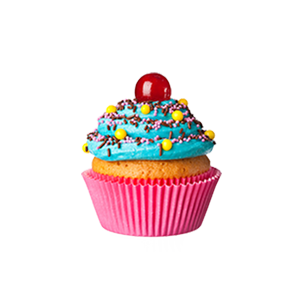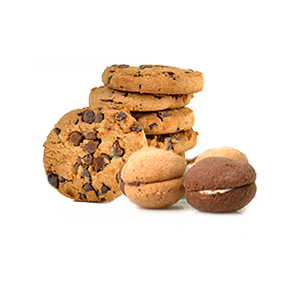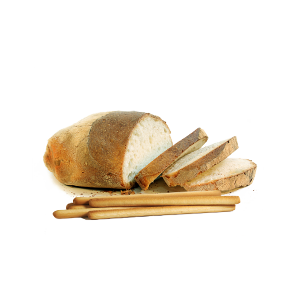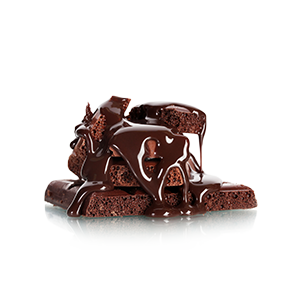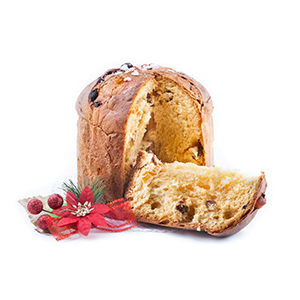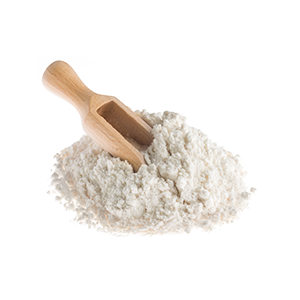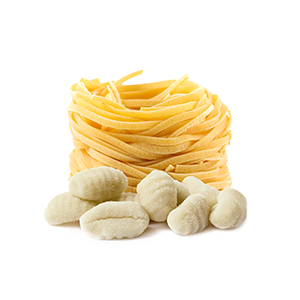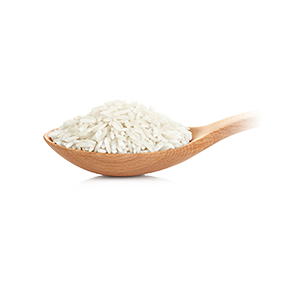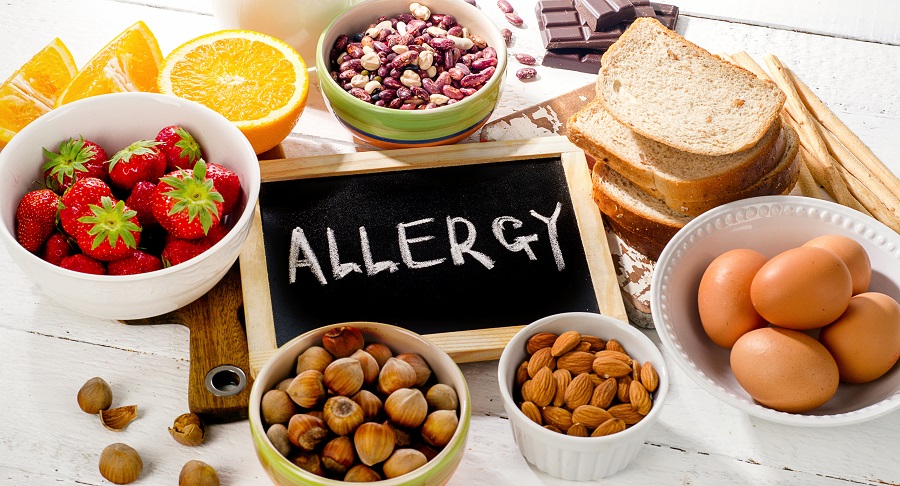Diet for nickel allergy: characteristics
More and more people who have found an intolerance, or allergy, to nickel, have consequently had to adjust their diet.
So let’s find out what are the characteristics of this diet, as well as the foods to avoid and those to consume safely.
What does nickel allergy consist of?
Nickel allergy is increasingly spreading. It is an intoxication due to the ingestion of heavy metals, present in the subsoil in different concentration, and also present in the material used to can food. Of these materials, certainly the most common is stainless steel.
So, how does nickel get to land on our table? Very easily. The plants and animals we eat ingest it through the water or food they take. Needless to say that each person unknowingly ingests between 300 and 600 micrograms of nickel, against the recommended limit of 30.
Allergy to nickel: which foods to avoid
Are you intolerant to nickel? Then, here is the list of foods you will need to avoid:
- Soya beans;
- Wholemeal corn and oat flour. You can replace them with Le Celizie rice flour, low in nickel content, gluten free and GMO free, with which you can prepare gnocchi, fresh pasta, soups, cakes and bread, as well as a batter for frying fish, vegetables or meat ;
- Chocolate and cocoa;
- Almonds and walnuts;
- Spinach, tomatoes, asparagus, rhubarb and onions;
- Fresh and dried legumes;
- Margarine and baking powder;
- Licorice and pears;
- Canned foods and fish such as salmon, mackerel, herring and tuna;
- Crustaceans, supplements and drinks containing nickel (as indicated on the label).
There are, however, other foods that you can eat, though in moderation, such as:
- Refined rice and white flour;
- Cabbage, lettuce, cauliflower and carrots;
- Jam and fresh fruit (except, of course, pears);
- Acidic foods, as in contact with utensils they could increase the nickel content.
List of foods allowed for those with nickel allergy
So, what are the foods allowed for those with nickel allergy? Here’s the list:
- Eggs, milk and derivatives (such as yogurt and ricotta);
- Lean meats and poultry;
- Fresh and aged cheeses, rich in calcium and proteins;
- Vegetables, except those that are not recommended;
- Cereals (except for those mentioned above) and potatoes;
- Raw EVO oil as a condiment;
- Natural mineral water (at least 2 liters per day).
In addition to nutrition, it is recommended to take up other habits, such as:
- Prefer enameled pans in glass ceramic, aluminum or glass;
- Avoid wearing cloths or jewelry, or come into contact with metal parts such as zippers and buttons containing a percentage of nickel, particularly if you suffer from dermatitis;
- Carefully read labels of products such as hair dyes, nail polishes, creams and soaps;
- Do not use tap water for cooking;
- Do more physical activity.
For your nickel-free diet, visit the Le Celizie e-shop and try our carefully selected and tasty products!



